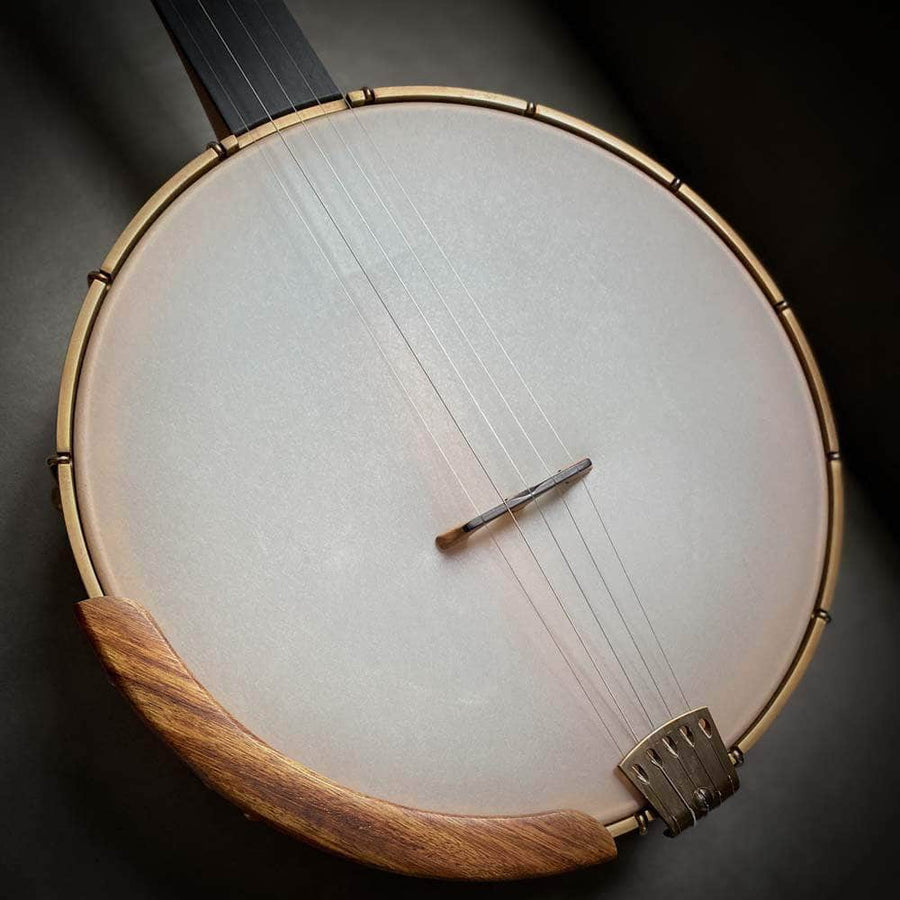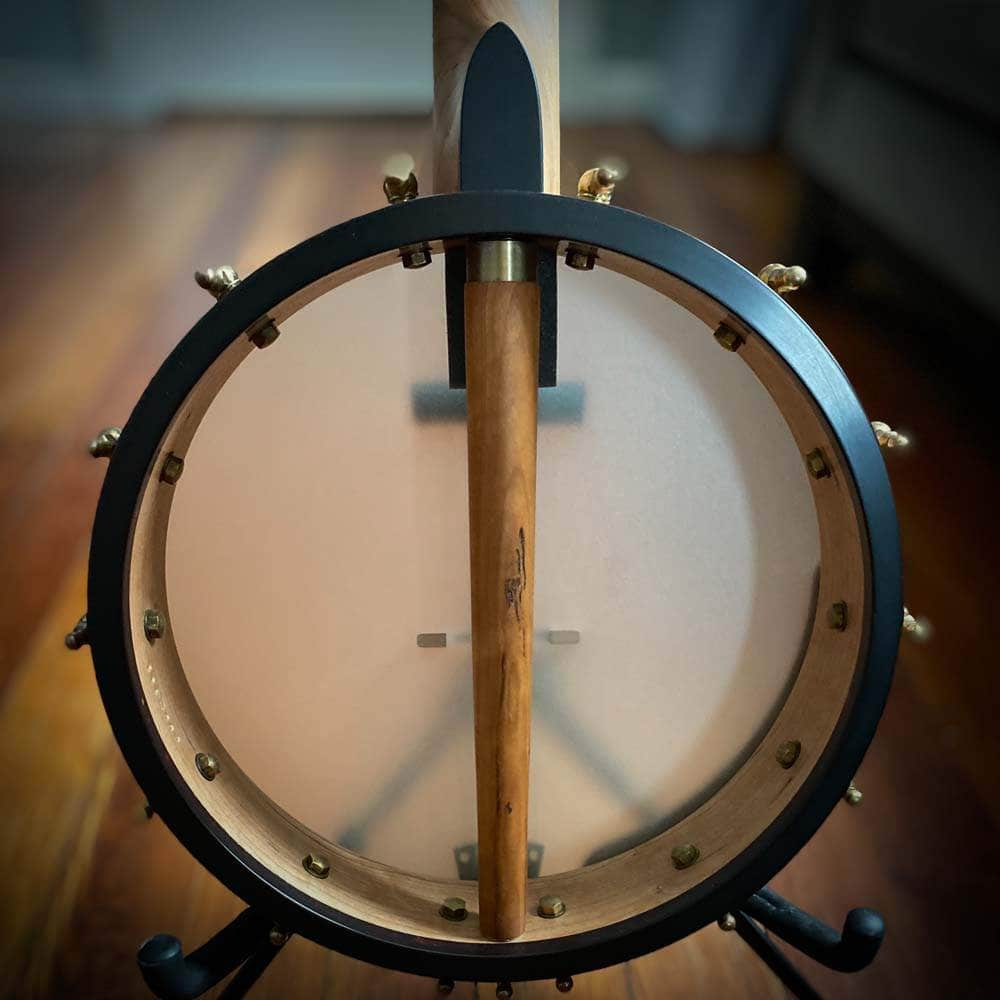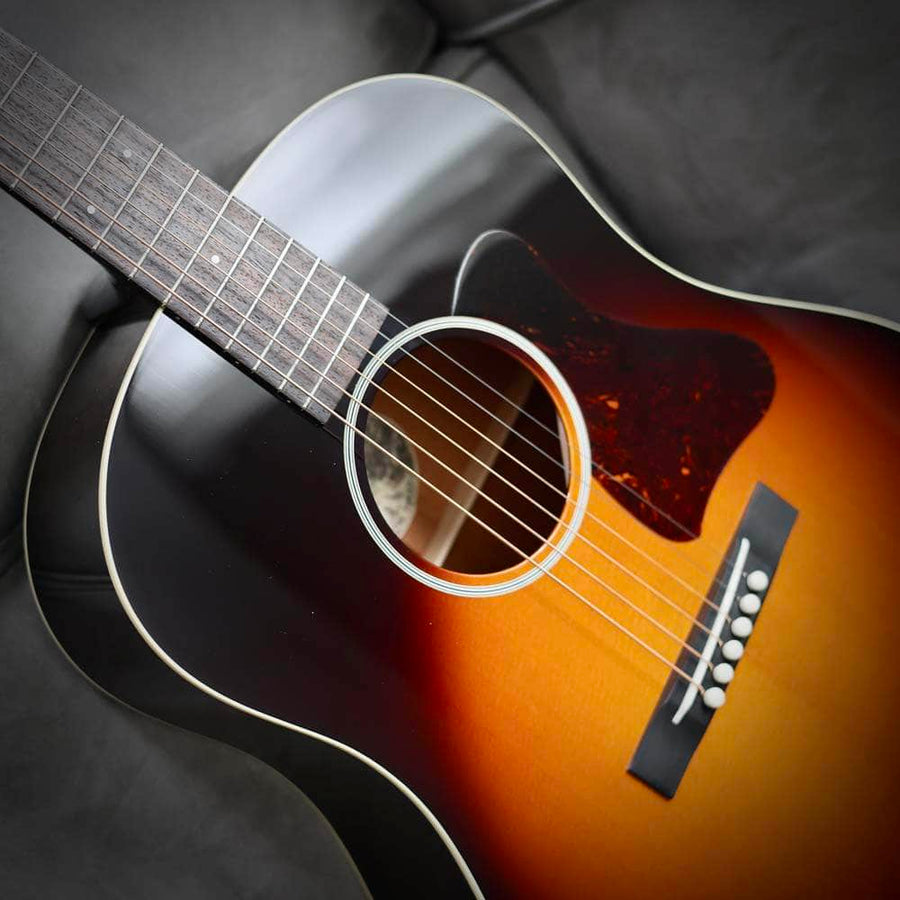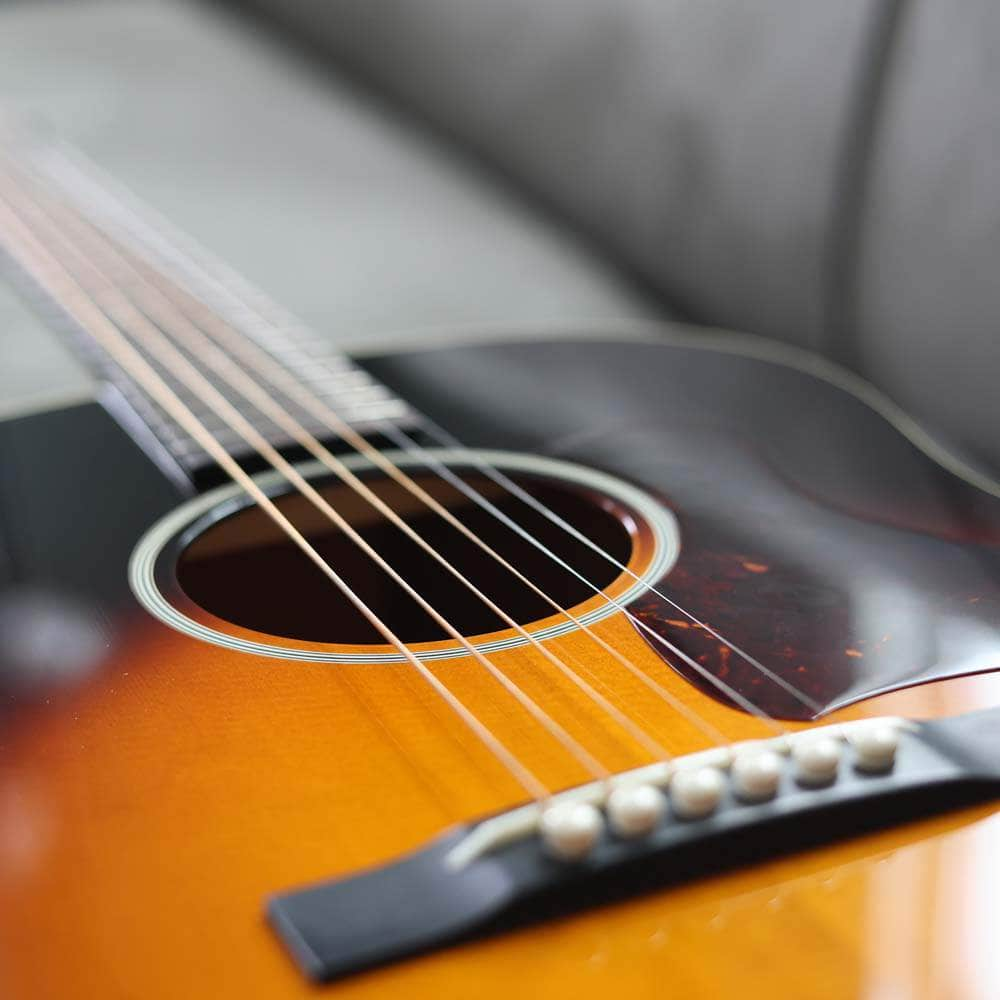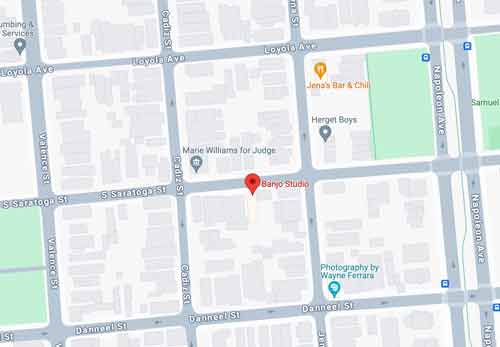What Is A Banjo Tone Ring?
Tonal Effects
The tone ring significantly impacts the tonal qualities of a banjo, influencing factors such as volume, sustain, clarity, and richness of the sound. By altering the banjo's vibrational properties, the tone ring affects the balance between the fundamental frequencies and overtones, resulting in a distinctive tonal character.
Banjos with tone rings generally produce a louder and more resonant sound compared to those without tone rings. The tone rings contribute to the banjo's projection and volume, allowing it to cut through in ensemble settings or acoustic performances. They also provide greater sustain, enabling notes to ring out for longer periods.
Tone rings also play a role in shaping the tonal complexity and timbre of the banjo. Different types of tone rings can emphasize or de-emphasize certain frequency ranges, leading to variations in tonal characteristics. This allows banjo players to choose a tone ring that suits their playing style and musical preferences.
Types of Banjo Tone Rings
There are several types of banjo tone rings, each with its own unique tonal characteristics. Here are some common types:
1. Flathead Tone Ring
The flathead tone ring is the most popular type used in bluegrass banjos. It is a cast metal ring with a flat upper surface and a raised inner lip. Flathead tone rings produce a bright, crisp, and powerful sound with a strong mid-range presence. They are known for their punchy, cutting tone that suits the driving rhythms and fast picking styles often associated with bluegrass music.
Gibson Mastertone banjos are the most famous example of a flathead tone ring. The Deering -06- tone ring is an example of a modern flathead tone ring
2. Tubaphone Tone Ring
The tubaphone tone ring was developed in the 1920's by the Vega banjo company. It is a type of tone ring with a brass alloy construction. Tubaphone tone rings offer a warm, mellow, and sweet tone with a balanced frequency response, yet with just the right amount of brightness. They are usually favored by players 4-string banjo players and banjoists who enjoy old time and clawhammer banjo styles on the 5-string banjo - but Earl Scruggs actually used a tubaphone tone ring on his early recordings when he was playing a Vega banjo before he became a Gibson endorsing artist.
3. Whyte Laydie Tone Ring
The Whyte Laydie tone ring is another vintage-style tone ring that is popular among clawhammer players and those seeking a distinct tonal quality. It is a type of open-back tone ring made from a brass alloy. Whyte Laydie tone rings produce a bright, clear sound with a slightly higher sustain compared to tubaphone tone rings.
4. Archtop Tone Ring
Archtop tone rings are commonly found in tenor and plectrum banjos. They are characterized by a raised outer rim and a flat inner surface. Archtop tone rings provide a bright, crisp, and focused sound with good sustain and clarity. They are well-suited for styles such as Dixieland but in the 5-string banjo world, Ralph Stanley famously played an archtop tone ring banjo.
5. Dobson Tone Ring
The Dobson tone ring is a unique type of tone ring developed by the Dobson family in the late 19th century. It is commonly found in banjos designed for frailing or clawhammer playing styles. The Dobson tone ring is typically made of brass and features a series of concentric circles or perforations.
Dobson tone rings produce a warm, rich, and mellow tone with a pronounced bass response. They are known for their excellent sustain and a full-bodied sound that is well-suited for melodic playing and intricate fingerpicking. The perforations or concentric circles on the Dobson tone ring contribute to its distinct tonal character by allowing the banjo's vibrations to resonate and interact in a unique way.
If you are a fan of clawhammer or frailing banjo styles and prefer a mellower and bass-focused sound, a banjo with a Dobson tone ring might be an excellent choice.
Conclusion
The banjo tone ring is a crucial element that significantly influences the acoustic properties and tonal characteristics of a banjo. Whether you prefer the punchy and bright sound of a flathead tone ring, the warm and mellow tones of a tubaphone or Whyte Laydie tone ring, or the rich and bass-oriented sound of a Dobson tone ring, choosing the right tone ring can enhance your playing experience and help you achieve the desired tonal qualities in your banjo.




